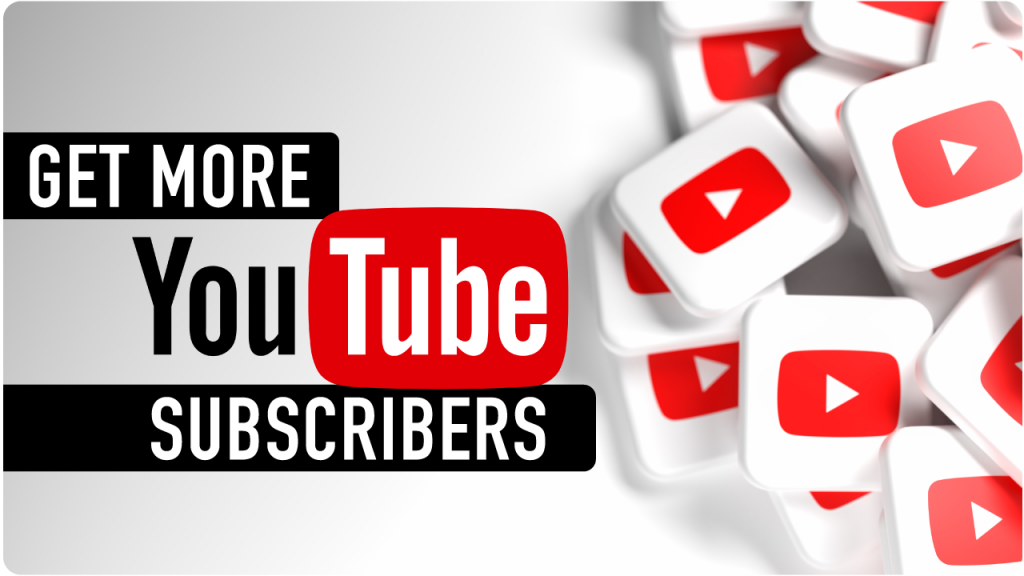In the digital age, where content consumption is largely driven by algorithms, understanding the impact of user interactions on platforms like YouTube is crucial. Among these interactions, the humble like button holds significant power in shaping the visibility and reach of videos. This seemingly simple gesture plays a pivotal role in YouTube’s algorithmic ecosystem, influencing not only the content that users see but also the broader dynamics of content creation and consumption. YouTube’s recommendation system is designed to tailor content to individual users based on their viewing history and engagement patterns. The platform uses a complex algorithm to analyze user interactions, and among these, likes serve as a key signal of a video’s quality and relevance. When a user clicks the like button on a video, it sends a positive reinforcement to the algorithm, indicating that the content was appreciated. This feedback loop helps the algorithm determine the video’s potential value to other users with similar interests. Likes are part of a broader engagement metric that includes comments, shares, and watch time.

A high number of likes can boost a video’s visibility by increasing its chances of being recommended to other users. Essentially, videos with more likes are perceived as more engaging or valuable, prompting YouTube to promote them more aggressively through its recommendation engine. For content creators, understanding the significance of likes is crucial for optimizing their strategies. Creators often encourage viewers to like their videos as a way to enhance their visibility. This is not just a matter of vanity; higher engagement metrics can significantly impact a video’s reach and success. For example, videos that receive a substantial number of likes shortly after publication may be more likely to appear in the Recommended section or the Up Next queue, leading to increased views and further engagement. The influence of likes extends beyond immediate visibility. YouTube’s algorithm also takes into account the ratio of likes to dislikes, providing additional context about how well the content is received. A high like-to-dislike ratio signals that the video is generally well-received, which can further boost its credibility and attractiveness to new viewers.
Conversely, a video with a poor ratio might be deprioritized or even removed from recommended feeds, reflecting the algorithm’s attempt to promote content that aligns with user preferences. However, the power of likes also raises questions about the potential for manipulation. Creators and marketers might resort to tactics like buying likes or engaging in like-for-like exchanges to artificially inflate engagement metrics. While YouTube continuously refines its algorithms to detect and mitigate such practices, the drive for likes can sometimes lead to a distorted representation of content quality and user interest. In summary, the like button on YouTube is more than just a digital thumbs-up; it is a powerful tool that influences the platform’s recommendation algorithm and shapes the content landscape. For viewers, it is a way to express appreciation and guide content discovery. For creators, it is a critical factor in enhancing visibility and achieving success view this page for more info https://fanhype.de/youtube-likes-kaufen/. As the algorithm continues to evolve, the interplay between likes and content visibility will remain a central element in the ever-changing dynamics of digital media consumption.